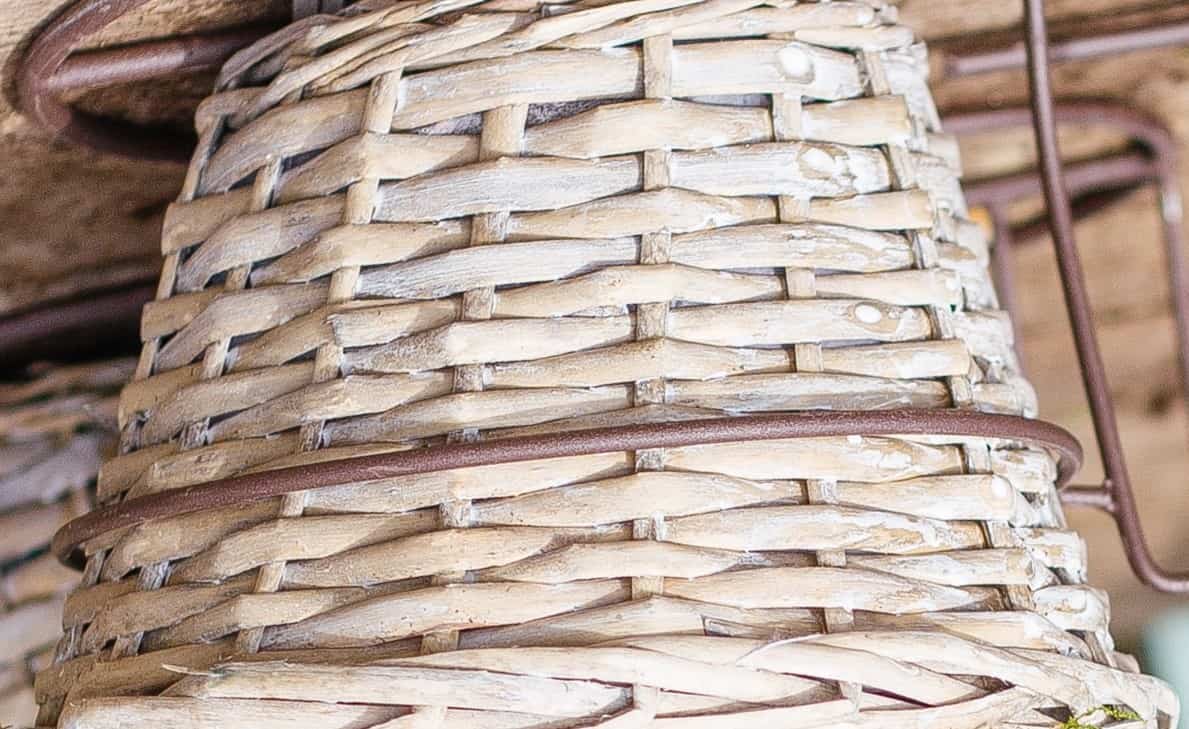When you have been into beekeeping for some time, you would have familiarized yourself with Langstroth hives, Warré hives, Top Bar hives, and other types of beehives.
But did you know that before these commonly-known hives came into existence, there already existed traditional man-made hives for honey bees? These traditional hives are called bee skeps.
In this blog post, we will learn about how bee skeps were used in traditional beekeeping. We will also uncover how man was able to combine artistry with functionality to offer a balance between craftsmanship and beekeeping.
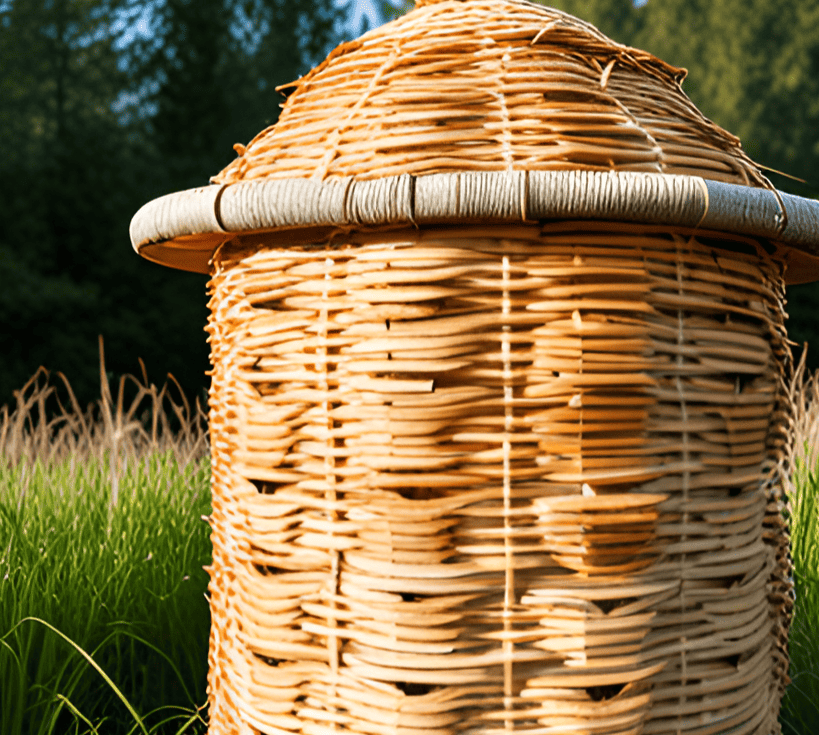
What are Bee Skeps?
Bee skeps are traditional hand-woven beehives commonly used in beekeeping in Europe a long time ago. They are dome-shaped wickers carefully woven to create a sturdy structure that would safely house a colony of bees.
These hives are made from strands of straw or rye straw that are coiled together to form a sturdy, dome-shaped structure. Hence, they are often referred to as straw skeps.
The workmanship and design are a combination of functionality and art, creating a beautiful beehive for one’s apiary. The straw materials used in constructing the skep allow for airflow while providing insulation for the honey bees.
The design of a skep is simple yet effective. It has a rounded base, narrowing towards the top, with an opening at the bottom for bees to enter and exit. It looks like an upside-down basket.
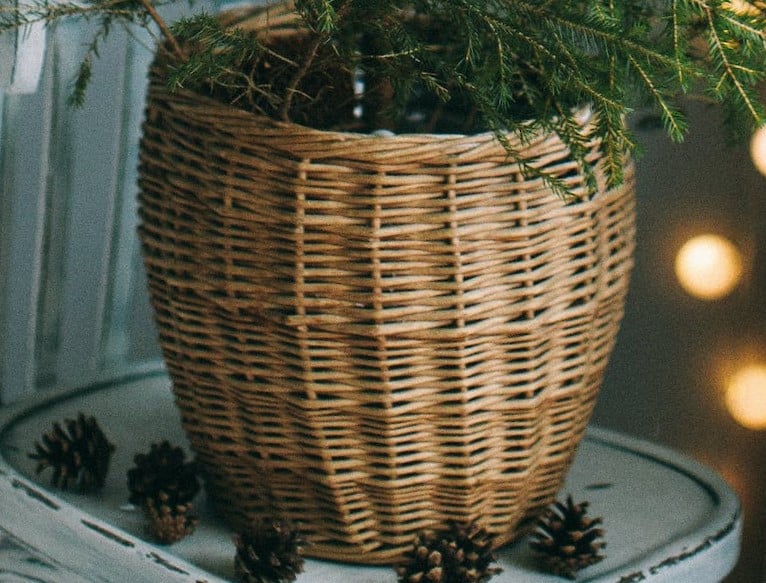
History of the Bee Skep
The word skep is believed to be derived from the Old Norse word “skeppa,” which means “basket.”
In the past, beekeepers relied heavily on these traditional beehives as their primary means of housing honeybees. In addition, this basket-like beehive was also used to transport bees from one location to another, as most skeps are designed to be easily secured and stacked.
The use of straw hives can be traced back thousands of years. They are known as one of the earliest forms of beehives. Beekeepers in Egypt, Greece, and Rome during the ancient civilizations are known to be fans of this beekeeping equipment.
During the early days, most people engaged in beekeeping as a highly-regarded practice. This is evidenced by skep-like beehives found in archaeological remains in Egypt.
The use of this traditional hive for keeping bees is also predominant in ancient Greece. Greek beekeepers found these hives useful and durable in housing honeybee colonies.
As more people realize the importance and benefits of beekeeping, skep beekeeping continues to thrive. For centuries, these straw skeps are the predominant hives used in beekeeping in Europe.
As beekeeping practices became modern, the use of bee skeps took a decline. In particular, the introduction of the Langstroth hive in the 19th century revolutionized the use of a more modern beehive structure, one that provides easier management of colonies and better honey extraction with minimal disturbance to the honeybees.
In present-day beekeeping, a bee skep is regarded more as an artifact of traditional and historical beekeeping. With the call to save the bees from extinction, concerns were raised about the use of a straw skep due to its disadvantages.
In some states, its use is totally banned and considered illegal as it is seen as harmful to bee colonies.
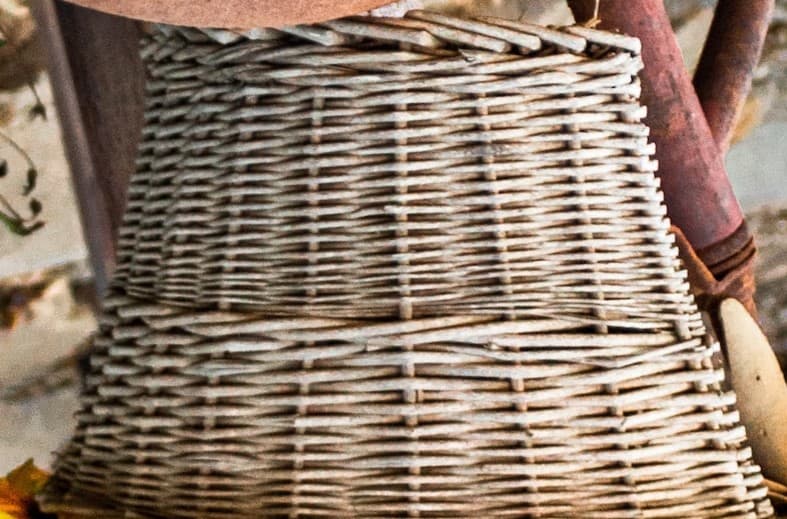
How were Skeps used by Beekeepers?
As with other beehives, a bee skep has its advantages and disadvantages.
Beekeepers would place the skep in a strategic location in a garden or orchard to attract and house a swarm of bees. Some would hang this beehive on a tree branch with a thick rope.
The bees would enter the skep through one opening at the bottom of the hove. The small hole at the bottom serves as their entrance and exit.
Inside the skep, the bees would build their brood nest, where they would raise their young and store enough honey.
Advantages of Using Skeps
There are a few benefits to using a bee skep. Here are the most common and obvious ones.
Simple and Easy to Use
One advantage of skeps was their simplicity. As it is made of woven straws, it easily provides insulation for the bees yet allows air to pass through and circulate, keeping the hive cool during the warmer season. Its durable construction provides safe housing for honeybees.
Skeps are also easier to maintain. They required minimal upkeep compared to other types of beehives.

Aesthetically Pleasing to the Eye
The beauty of these traditional hives cannot be disregarded. Having a bee skep in your garden would definitely add more design to the surroundings.
This hand-woven artifact would definitely add a rustic charm to one’s apiary. Its intricate pattern would most likely attract not only a swarm of bees but passers-by as well.
Cost-Effective
Using a skep is more cost-effective compared to using modern beehives. This is particularly beneficial for beginning beekeepers who aim to start beekeeping at a smaller scale or those who want to test the waters and start beekeeping at home.
Modern beehives cost hundreds of dollars. That’s for the hive alone. But experienced beekeepers would tell you that there’s more to the real cost of beekeeping than getting a hive.
A skep, on the other hand, requires minimal equipment and can be created at home using simple materials. In fact, most beekeepers in the past engaged in the skep-making industry to save some resources and double the benefits.
It is definitely a friendly choice for those on a budget or those who do not want to spend so much on their new venture.
Disadvantages
Despite their unique advantages, bee skeps also come with some downsides.
Difficulty of Access
One of the main unfavorable effects of using a bee skep is the difficulty it poses for beehive inspection. The lack of easy accessibility could lead to the destruction of the comb and the colony.
At the same time, it would not be easy for any beekeeper to monitor problems and issues within the hive. The hive has only a small opening at the bottom that would not allow any person to take a quick peek inside.
Beehive inspection would be harder to undertake without opening or destroying the whole dome of straw. Under the same circumstances, the performance of other hive management activities would not be possible. This could result in the inability to detect diseases and pests (like the Varroa mites) that could lead to colony destruction.
Less Adaptability
Another drawback when using a bee skep is its lack of adaptability.
A traditional skep is typically made from straw. It looks like a coiled wicker basket turned upside down. The design limits the hive’s size and shape. This can be problematic when trying to expand the colony or accommodate a growing bee population.
Additionally, the use of natural materials in skep construction makes them prone to degradation over time, requiring frequent maintenance and potential replacements.
Not Compatible with Modern Beekeeping Tools
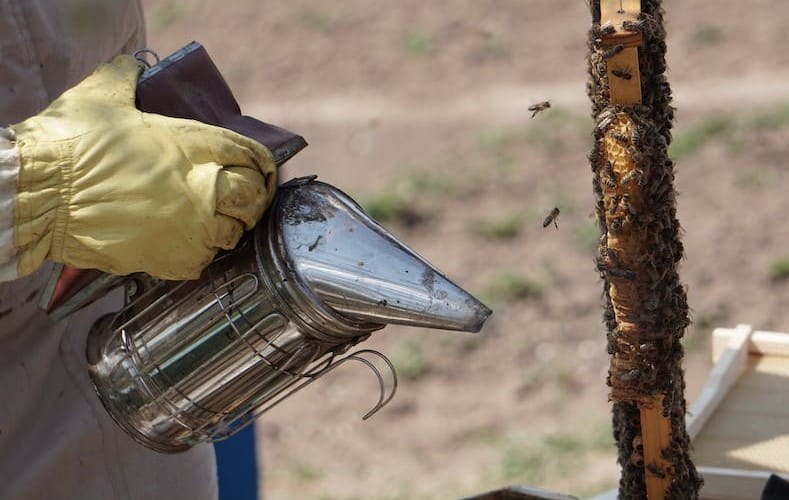
A bee skep is also not compatible with advanced beekeeping tools and technology.
For example, the use of queen excluders is possible when using modern beehives. The excluders provide a barrier to prevent the queen bee from laying eggs in certain areas of the hive.
With a bee skep, this would not be possible. This limitation can make it challenging to manage the bee colony effectively and control the honey production process.
May Not be Legal to Use in Some Regions
In most states in North America, the use of these traditional beehives is often regulated, if not prohibited, due to the risk of spreading diseases.
In most parts of the United States, laws require the beekeeper to open their hive for inspections and mite prevention. As bees build combs on the sidewalls of a skep, it would not be possible to inspect the hive without breaking or destroying the skep.
For new beekeepers, be sure to check your local laws before deciding to use a bee skep in your apiary.
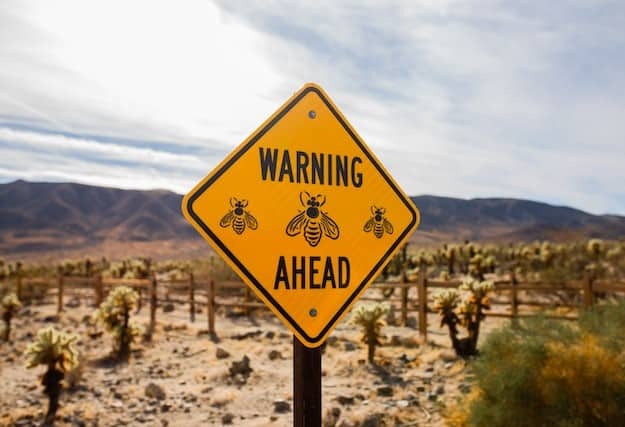
Makes Honey Harvesting Harder to Accomplish
Another drawback of skeps is the difficulty in harvesting honey.
During honey production, beekeepers would carefully inspect the skep to assess the amount of stored honey. When there is enough, it is time to harvest honey.
The beekeeper would extract the honey by cutting or scraping off the honeycomb. This method requires the skep to be completely destroyed in the process.
Final Thoughts
Bee skeps are important artifacts in the history of the beekeeping industry. It not only shows the craftsmanship of generations in the past but also portrays their ingenuity in caring for the bees and the environment.
While they may not be recommended (even banned) for use nowadays, we cannot deny the fact that they have played important roles in keeping bees safe, giving them shelter and a home to raise their brood and produce honey for us to harvest.
Today, beekeepers have many types of modern hives to choose from, each offering their own benefits from greater convenience, flexibility, control, and many more.
